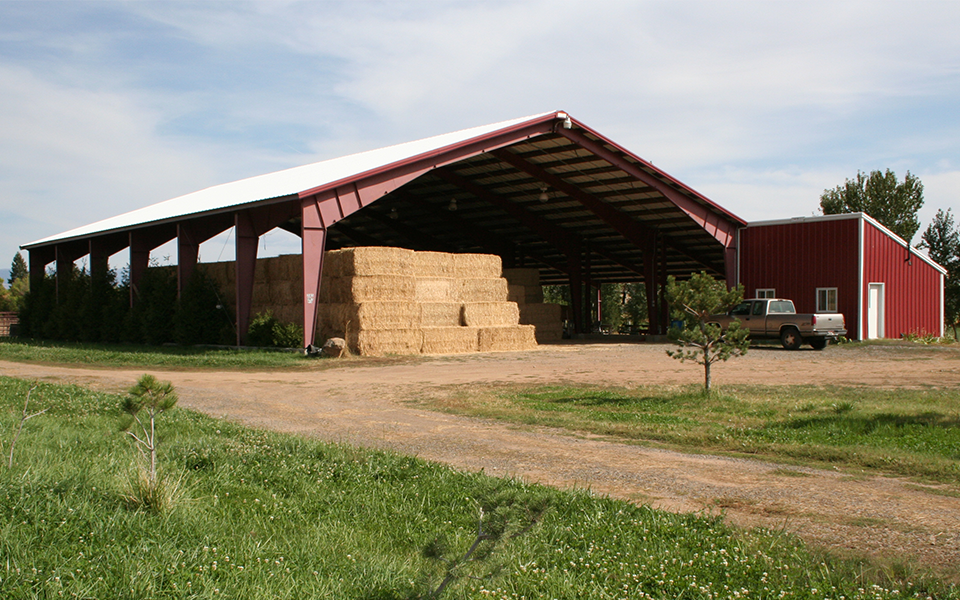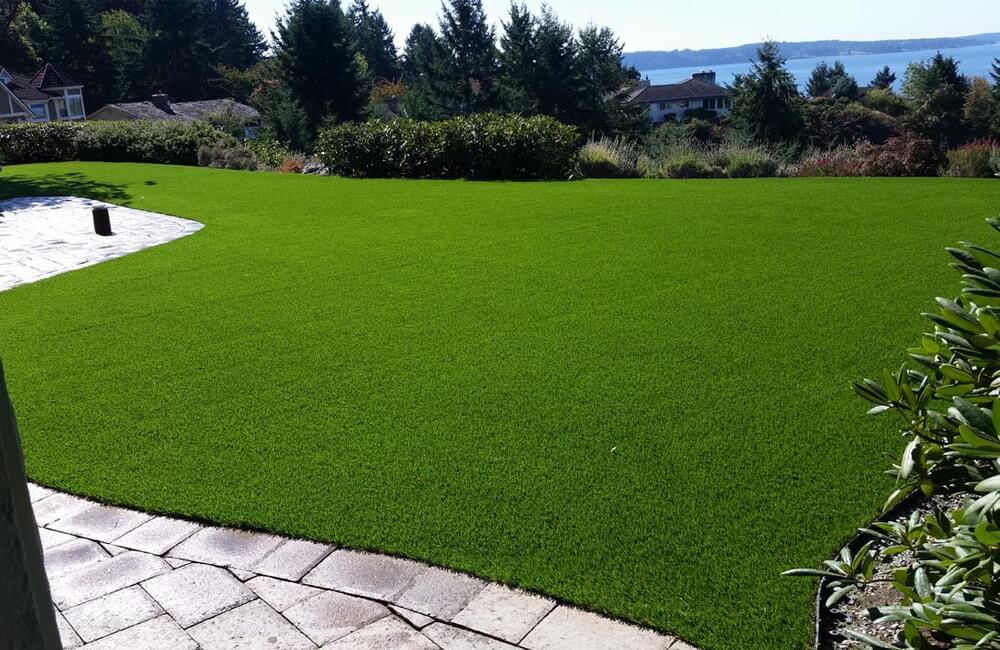When it comes to constructing an agricultural metal building, there are several essential features that should be incorporated to ensure optimal functionality and productivity. These features contribute to the efficiency of farming operations and enhance the structure’s longevity and durability. In this blog, we will explore some key elements that you should consider when designing and building your steel farm building.
Adequate Insulation
Insulation is crucial in agricultural steel buildings as it helps regulate temperature and control moisture levels. Proper insulation ensures a comfortable environment for livestock and protects stored crops and equipment from extreme weather conditions. By minimizing heat transfer, insulation also reduces energy consumption, resulting in cost savings over time.
Ventilation Systems
Proper airflow is essential in agricultural buildings to maintain air quality and prevent the buildup of harmful gases, such as ammonia, which can be detrimental to both humans and animals. Incorporating well-designed ventilation systems, such as ridge vents, louvers, or fans, can effectively circulate air, remove moisture, and maintain a healthy environment.
Natural Lighting
Natural lighting offers numerous benefits, including reducing energy costs and creating a pleasant working environment. Installing skylights, windows, or translucent panels in your metal building allows for ample natural light penetration, reducing the need for artificial lighting during the day. This not only saves energy but also contributes to the well-being and productivity of both humans and livestock.
Secure Doors and Windows
Farm steel buildings often store valuable equipment, machinery, and livestock, making security a top priority. Reinforced doors and windows with robust locks and security features provide peace of mind, protecting your assets from theft or unauthorized access. Additionally, consider utilizing impact-resistant glazing materials for windows to guard against extreme weather events.
Ample Storage Space
An efficient agricultural metal building should have adequate storage space to house tools, machinery, and harvested crops. By incorporating mezzanines, shelves, or storage racks, you can maximize vertical space and ensure organized storage, making it easier to locate and retrieve items when needed.
Plumbing and Drainage Systems
Installing plumbing systems is crucial for agricultural buildings that require water supply and drainage. Access to clean water is essential for livestock hydration and irrigation purposes. Properly designed drainage systems help manage wastewater, preventing stagnant water and potential health hazards.
Electrical Systems
A well-designed electrical system is vital to power essential equipment, lighting, and ventilation systems. Adequate electrical outlets, wiring, and circuit breakers should be installed to accommodate the electrical needs of your farming operations. Consulting with a professional electrician can help ensure compliance with electrical safety codes and standards.
Structural Integrity
Durability is a key consideration in agricultural metal building construction. Ensure that your structure is designed to withstand the specific weather conditions in your region, including wind, snow, and seismic forces. Reinforced framing, sturdy roofing, and properly anchored foundations are essential for maintaining structural integrity and longevity.
Accessibility and Mobility
Consider incorporating large access doors or sliding doors in your agricultural metal building to facilitate easy machinery, equipment, and livestock movement. Adequate clearance height and width should be provided to accommodate different sizes of vehicles and implements commonly used on your farm. Accessibility ramps or loading docks can also be useful for efficient loading and unloading operations.
Fire Safety Measures
Implementing fire safety measures is crucial for protecting your prefab metal building, livestock, and stored crops. Install fire-resistant materials, such as fire-rated insulation and cladding, and consider incorporating fire suppression systems, such as sprinklers or fire extinguishers, to mitigate fire risks. Regular maintenance and inspections of electrical systems and equipment can also help prevent fire hazards.
Conclusion
Designing and constructing an agricultural steel building with essential features is crucial for optimizing productivity, ensuring the well-being of livestock, and protecting valuable assets. Incorporating adequate insulation, ventilation systems, and natural lighting creates a comfortable and healthy environment. Secure doors and windows provide the necessary protection against theft and unauthorized access. Ample storage space, plumbing, and drainage systems facilitate efficient farming operations. A well-designed electrical system powers essential equipment, while structural integrity and fire safety measures ensure the longevity and safety of the building.
By considering these essential features, you can create a functional and efficient agricultural metal building that meets the specific needs of your farming operations. However, it’s important to remember that every farm is unique, and consulting with professionals such as architects, engineers, and contractors specializing in agricultural construction is highly recommended. They can provide expert guidance and tailor the design to your specific requirements, taking into account factors such as farm size, livestock type, crop storage needs, and local climate conditions.
Read More: What is Scissor Lift Rental Bigrentz?




